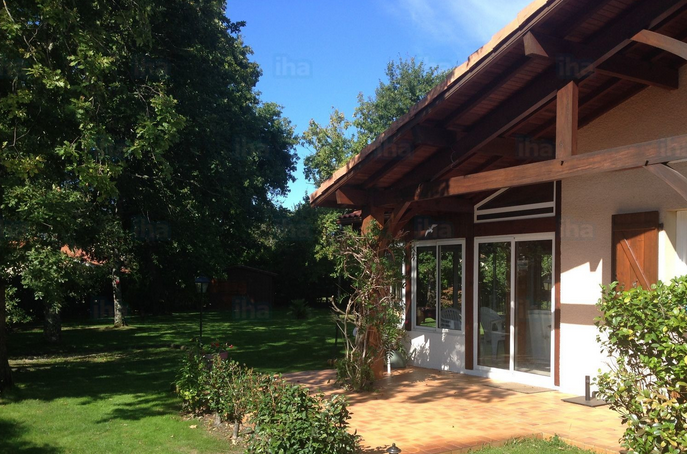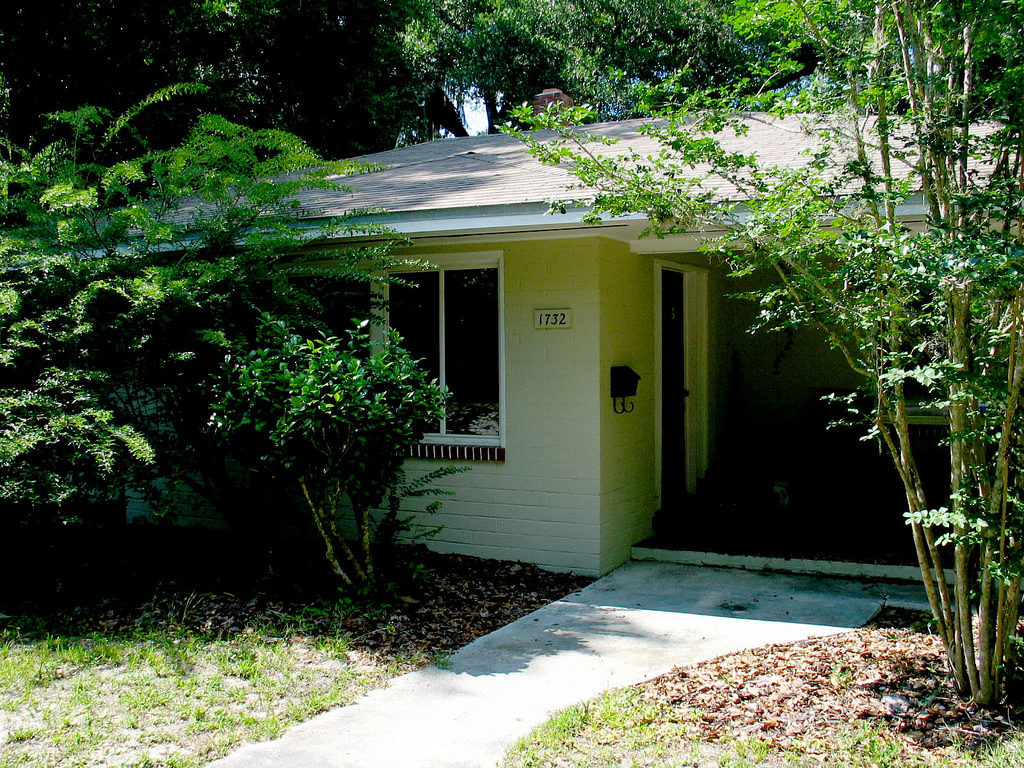 My Home Is Frequently Shaded. Is Solar Worth It?
My Home Is Frequently Shaded. Is Solar Worth It?
If you live in an area where you have very little access to the sun, then putting solar panels on the roof of your home to reduce your electricity bill may not be a commercially viable option.
If your home is located in an environment where the sun can only access your roof in the mornings or in the afternoons because it is blocked by trees, hills or taller buildings, then purchasing a home solar system may not be in your best interest.
To do a calculation on the viability of a system, a general rule is that most homes have the capacity to have access to four Peak Sun Hours a day. A Peak Sun Hour is one perfect uninterrupted hour of sunlight hitting your perfectly clean solar panels with them operating at their maximum efficiency for one hour. Even on a perfectly clear day, it may be difficult for one hour of direct sunlight to produce one Peak Sun Hour of electricity because of efficiency factors.
As panels heat up they tend to be less efficient. Most commonly located only slightly above a home’s roof, Solar Panels are subject to the reflected heat which, especially in the middle of the day, reduces their efficiency.
If your home does not have access to the sun’s rays throughout the entire day, then you may think the fitting of solar panels to your home and may not be a commercially viable prospect. Most certainly they would be more difficult to financially justify if they were denied access to the midday sun even with the reduction in efficiency due to the increased midday temperatures.
In specific and peculiar circumstances it may possibly be a viable option to justify the fitting of a solar system on a home that is denied access to the midday sun if the owners of the home had arranged that some panels had an easterly aspect to pick up the sun in the morning and other panels were faced with a westerly aspect to pick up the sun in the afternoon.
If the significant electrical consumption patterns of the household were at these times where the sun could be accessed, then the electricity that was produced would be consumed at the same time both in the morning and in the afternoon and it may well be that the system is financially viable. Under these circumstances, the loss of collection of energy through the middle of the day may not be that significant because with the poor Feed In Tariff that is offered for a home’s excess electricity to be exported to the electricity grid the loss may not be that significant.
Of course, if you have access to a high Feed In Tariff in the order of 54 cents per kWh (to even as much as 66 cents per kWh) then you would want as much access to the sun as you can possibly get and most definitely access to the midday sun. In Australia, Feed In Tariff’s (FIT) at the moment are in the order of about one third of what you can purchase electricity from the grid. Solar systems put on a roof should have them arranged to suit the consumption patterns of the residence so that electricity is produced at the time of demand and that is how to get the best from a home solar system.
If you have put off getting solar panels because your home experiences shading on the roof at various times through the day, then take note of when the shading occurs and compare it with the times of your peak energy usage. If your whole family is out through the middle of the day then even experiencing shading at the peak collection time may not be such a big deal.
Most economically it is best to consume electrical energy at exactly the same time as it is collected. With an interactive system, what extra electricity you may require during your peak consumption times can be pulled from the grid and what excess you have can be fed back into the grid.
The factors to be considered are many and varied and each case must be
considered using a number of factors including the home’s orientation,
the family’s electrical consumption habits, the climate zone, location of
trees, etc. >> LEARN MORE >>>
If you have been putting off getting solar installed for any reason, talk to an expert in fact consult more than one to help you consider the pros and cons of going solar. Solar Panels (Photovoltaics) are less expensive and more efficient than they were even a few years ago and the cost of grid electricity isn’t coming down.
For those who have put it off for whatever reason, going solar may be worth another look.
John Lynn
Suburbanoffgridliving.com

